Burdock Root, Organic, C & S (sold by the ounce)
Burdock roots are very fibrous, resulting in soft, stringy, cotton-like material when cut. This innermost part of the root and contains the same constituents as the more woody outer pieces. The root is native to Europe and North Asia but can be found in many areas across the globe. The burdock plant is a genus that is related to both sunflowers and some members of the daisy family.
Burdock root is commonly used in stews, soups, sauteed vegetables, and teas. It is also used as a vegetable by itself and delivers an earthy, sweet and mild taste that complements other flavors. It can be mixed with other teas or brewed by itself.
$2.79
2 in stock (can be backordered)
Directions
To prepare as a tea, pour 8 oz. boiling water over 1 tsp. of herb. Cover and steep 3-5 minutes, strain and serve immediately.
Safety Guidelines: If pregnant, nursing, suffering from any medical condition, or taking medication, consult a healthcare practitioner before use. Keep out of reach of children.
Excerpts from The How To Herb Book
Strong blood purifier and cleanser, has been used to neutralize and eliminate toxins in the system. Best when used in combination with other herbs, since it can start the body cleansing too rapidly if used by itself. If used by itself, start with small amounts.

- One of the best herbs for chronic skin problems. The tea makes a good wash for acne, burns, and sores.
- Hot fomentations help heal swellings.
- Bruised leaves or tea have been used successfully for poison ivy or oak.
- Relieves congestion of the lymphatic system.
- Increases flow of urine, relieves pain in the bladder, and helps fight kidney and bladder infection.
- Promotes perspiration, especially helpful in the case of fevers.
- Good for advanced cases of arthritis. Helps reduce the swelling and deposits of joints and knuckles and breaks down calcification.
- Helps move toxins out of a weak body.
- Contains vitamin B3 (niacin) and vitamin C.
Has been used in the following:
|
|
|
|
|
|
|
|
|
|
|
|
|
|
|
|
|
|
|
|
|
|
|
Excerpts from Practical Herbalism
The Eclectics of the late 19th and early 20th centuries also held burdock in high esteem. Priest & Priest considered that it is a good general alterative, influencing the skin, kidneys, mucus, and serous membranes by removing accumulated waste products. They considered it specific for skin eruptions on the head, face, and neck and for acute, irritable, and inflammatory conditions such as eczema, psoriasis, dermatitis, boils, carbuncles, styes, sores, rheumatism, gout, and sciatica. Ellingwood recommended it for the following pathologies: aphthous ulcerations, irritable coughs, psoriasis, and chronic cutaneous eruptions, chronic glandular enlargements, syphilitic, scrofulous, and gouty conditions.
Primary Constituents:
Burdock provides significant amounts of chromium, copper, iron, and magnesium. The root also contains trace amounts of organic mercury, making it a good choice for mercury detox formulas.
Indicated Usages - Internal:
|
|
|
|
|
|
|
|
|
|
|
|
|
|
|
|
Indicated Usages - External:
|
|
|
Special Considerations:
For its blood cleansing effects to be maximized, burdock needs to be used consistently over an extended period. Even though relief from many toxic blood conditions is usually promptly seen and felt, the herb should be taken for at least three months to normalize the system.
Excerpts from Nutritional Herbology
The most popular western use of burdock root is as a primary herb in blood purifier formulas. These formulas are based on the traditional concept that diuretic and alkalizing herbs will neutralize acids and toxins and expel them more quickly. The actual mechanism is more likely due to its mucilage preventing the absorption of toxins from the digestive tract and its diuretic effect. By absorbing toxins from ingested food and those produced by intestinal flora, viscous fiber eliminates the source of many of the toxins. This allows the body to heal itself.
The mineral profile of burdock is just the opposite of most mucilaginous herbs. However, burdock is not merely a mucilaginous herb. It is also a cleansing herb (alterative, diuretic) and it seems that nature gave burdock a strong, balanced mineral profile to replace the minerals that are inevitably purged during the cleansing processes.
Contains mucilaginous compounds that decrease the thickness while increasing the production of mucosal fluids, soothe inflamed tissues and absorb toxins from the bowel. It also contains aromatic compounds that have an antiseptic effect and increase the flow of urine. The herb is an excellent herbal source of chromium, iron, magnesium, phosphorus, potassium, silicon, and zinc. Burdock has been used to treat arthritis, allergies, eczema, bronchitis, urinary tract infections, gout and rheumatism.
From Our Reading and/or Experience...
- We use Burdock often in tea and tincture combinations. Of course, it can be used in many other types of remedies. For instance, it can easily be made into powder and used as such in capsules.
- Burdock can be used to benefit anyone: men, women (including before, during or after pregnancy, and nursing), children and animals.
- We have found it to be a miracle worker for any and every skin condition. From acne to poison ivy, Burdock is heaven sent.
- It can be used as often as you would like, and in any way you choose.
- As is the case with most herbs, Burdock should be stored in a dark, dry, and cool place.
Additional information
| Weight | 0.08 lbs |
|---|---|
| Size |
You must be logged in to post a review.
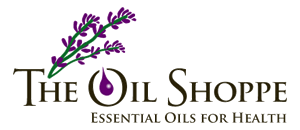
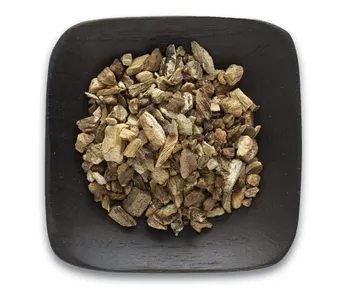
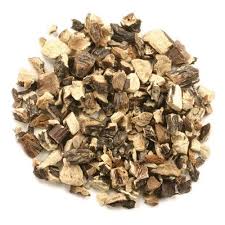
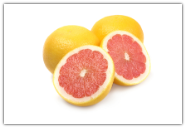
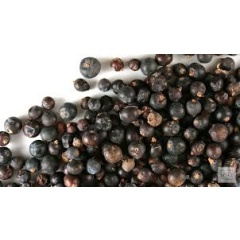
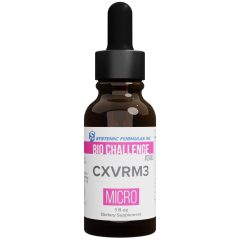
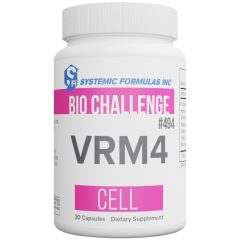
Reviews
There are no reviews yet.